AudioCulture
The noisy library of New Zealand music
Te pātaka korihi o ngā puoro o Aotearoa
Nola Mills
Thielemans never made it down this way but Adler visited twice, and on both occasions his tour took him to Christchurch. The first time around, in the early 1950s, a little girl was busting to meet him. The girl was Nola Mills.
When she was just five, Nola’s jazz-classical trombonist father, Ray O’Daniels – a “larger-than-life, happy man who had designs on me playing trombone” – gave her a toy plastic harmonica to ascertain how musical she was.
That was it for her; she fell in love with the sound, so when Larry Adler announced a tour down under, her father bought tickets to the show and organised for Nola to meet the man himself.
While it is difficult to quantify the influence this meeting had on the young Nola, from then on the harmonica became her sole musical focus and she set about teaching herself to play it.
At 75, Nola is still performing; she has with seven albums to her name and countless gig and concert appearances to her CV. After a 30-year performance hiatus, she is nationally regarded as New Zealand’s premiere, and quite possibly only professional female jazz chromatic harmonica player.
“I met Larry Adler on both occasions he visited New Zealand,” Nola says. “I had the honour of playing with him as a nine-year-old and then met him again when he played the Christchurch Town Hall on his 80th birthday tour in the 1990s and that was stunning. I was invited to a private audience after the concert and the loveliest part was that he remembered the nine-year-old girl who had wanted to play with him 40 years before.”
Nola Mills (née O’Daniels) was born and raised in Christchurch and attended St Albans Primary School, Shirley Intermediate and West Christchurch High School (now Hagley Community College). Her brother, Errol, plays in Canterbury folk band Rural Delivery, and their late sister, Lois, was a gifted artist, prominent for many years in Christchurch cultural circles.
Nola sidestepped formal lessons and went straight to her vocation.
Unlike other gifted children who trod the Eisteddfod highway, Nola sidestepped the Competitions and formal lessons and went straight to her vocation. Her teachers were the big-band musicians and classic songs from the 1930s to the early 60s on the records her father imported from America.
“All his friends would come around on a Friday night – including young Doug Caldwell – and this little girl would hear the noise and would have to stay up. I’m not surprised the way things developed, just by listening.”
Nola’s first public performance at eight was on radio for popular children’s entertainer and broadcaster “Aunt Haysl”. Edna “Aunt Haysl” Neville took her non-de-plume from Hays Ltd, a well-known Christchurch department store she represented for some 40 years. From her Hays rooftop office and theatre she organised children’s activities for its Junior League such as a choir, competitions, a magazine and even donkey rides. Aunt Haysl also hosted a children’s radio show through which she fostered her talented junior leaguers.
“I remember it as if it were yesterday, taking the tram down Colombo Street to 3ZB and playing live on radio,” Nola says. “I played ‘Christopher Robin’ and played it beautifully. Auntie encouraged me. She had one or two junior leaders, as we were known, and we had to perform live.”
As Nola grew up, she soaked up as much music as she could, practising fervently and gaining performance confidence. After high school she attended Commercial College, a preparatory course for business life that taught secretarial skills and so on, honing her harmonica skills after hours by playing for the University of Canterbury Jazz Club, at the Civic Theatre, in numerous other venues around town, and on radio and television. It was during these years that she first met Christchurch jazz singer Malcolm McNeill, who has been an ongoing influence in her professional life and with whom she has an enduring friendship.
“Malcolm and I did a lot of work together then, when I was in my late teens, because we were complementary,” she says.
Her playing ramped up once she left Commercial College and got a job at McKellar, McCallum & Co, a family-run accountancy business.
“The people in this stuffy old office had to put up with this hyperactive child, who would go into the firm’s safe to practise,” she says.
She moved on to a better-paid job and once again used the firm’s safe as her practice room.
“There can’t have been worse acoustics in the world, but I also had access to the Mayfair Lounge in Worcester Street, which was owned by a friend of my father, and I used to go up there or to Begg’s Music in High Street. Bob Stafford would plug in the microphone and I’d go off and practise. I had a lot of areas to access. I was working in the city, so it was just as easy to practise there. In fact, I probably practised more then than I have in my entire life.”
The precursor to an unusually long performance hiatus came about because of another job: she was employed by the New Zealand Refrigerating Company, later known as Waitaki International, where her husband-to-be was a manager.
“John didn’t know anything about my other life until the staff Christmas party, where I said, ‘Would you like some entertainment?’, and that is when John heard me play for the first time. I’ve got a few flash pieces that I can really send people away with and he was very impressed. From that day on we’ve been together.” That was 1964 and after their marriage two years later, Nola stepped back from performing professionally to focus on family life.
“I decided that if we were blessed and children came along that I’d put this aside, because I’d had so much music in my life from my fifth birthday. I was more than happy to do it, rather than carry on and have someone else bring up my family. I didn’t want that. I’d seen a lot of friends’ marriages bust because music intervened.”
Nola and John had two boys and twin girls (all around 50 now), and in mid-1977 when the children were pre-teens the family moved to England for three years for John to manage the northern hemisphere business of Waitaki International as its London-based manager.
“Schools were arranged for the children through the company, we had a very nice house in Chislehurst, Kent, and John had a huge job, while I was able to luxuriate around art galleries and archaeological digs,” says Nola.
A decade after Nola returned to Christchurch – with her music still languishing in the background – Malcolm McNeill came back into her life in 1996 with a command: “Right, you’re coming out of all this. You’re going to get back on the stage!”
Nola wasn’t convinced at first, feeling trepidatious and feigning illness or physical barriers (“the mouth’s not right …”), but she caved in at his insistence and was soon booked in the front line of an octet gig at the Christchurch Arts Centre.
“The next thing I knew Malcolm had put out the advertising blurbs and my phone started to ring: ‘What’s this, “Nola Mills – Harmonica”? Is this our friend, Nola Mills?’ ”
Their first rehearsal was at the home of Tom Rainey: pianist, organist, bass player, arranger, producer and orchestral conductor, and currently the Creative Industries head of department, including the Jazz School, at Ara Institute (formerly CPIT, the Christchurch Polytechnic Institute of Technology).
SINCE 1996 Nola has worked solidly, playing in key jazz festivals around the country.
“It was like the light was turned on again,” Nola says. “Then performance night came and I just went for it. And, my word, there were a lot of weepy people who never thought they’d hear this again. I really did the right thing. This year [2018] is now my 22nd year back into music and long may it continue.
Since then Nola has worked solidly, playing in key jazz festivals around the country, including Queenstown, Waiheke Island and Christchurch; doing concert work in city venues with various line-ups; presenting solo one-hour concerts; doing bread-and-butter work in rest homes and service clubs; teaching up-and-coming performers technique and presentation skills; continuing her almost 20-year job in music therapy for special-needs pre-schoolers at Christchurch’s Burwood Hospital (“I love that, it’s so special”), and as ongoing guest artist for the Chisnallwood Intermediate School Jazz Band.
She was also in the house band for four years at the neo-Gothic Octagon Restaurant with pianist Doug Caldwell and saxophonist Stu Buchanan, among others, until three days before the 22 February 2011 earthquake destroyed the heritage-listed building.
After a performance at one Queenstown Jazz Festival, a chance meeting with the late Lionel Page – a Kiwi saxophonist and musical director living in Brisbane – led to an invitation to perform at the Noosa Jazz Festival.
“A couple of years went by and I got the call. He said, ‘I’ve got a band for you’ and I started going weak at the knees, because I thought, ‘they’ll be real musicians’. But once we’d had the first rehearsal – wow! We had nine gigs and I came home absolutely exhausted, but loved every minute of it.”
Nola’s one-hour solo programme is a mix of musical anecdotes, personal history, favourite harmonica pieces and showstoppers from her repertoire.
“It’s mainly the story of my life and music over the ages that has impressed me; it just sort of develops. I don’t plan anything. I ask for requests and questions, and we have a lot of laughs. I show them my flash instruments – I’ve got a gold one that was a gift from a German family. I play the smallest instrument – the one-octave, inch-and-a-quarter, and I’ve also got a rather long instrument that you can play ‘Flight of the Bumblebee’ on, no problem.”
Her standard instrument is a three-octave harmonica.
“The three-octave is perfect, but I use a range of keys. I know I can get everything on a C instrument, but I like to have a range of keys because of their different tonal qualities. I usually have four or five sitting on my music stand, which has the list of songs and how I’m going to play them – no music, just the list of tunes.”
In recent years one of her most constant music partners has been bandleader Barry Brinson, a preeminent Canterbury pianist and arranger.
“He is a fantastic musician and really brings out the best in me. As long as he still wants to accompany the harmonica player, I’ll play,” she says.
They perform as a duo frequently and she also guests with the Classical Jazz Quartet, led by classical-crossover violinist Cathy Irons, principal violinist with the Christchurch Symphony, and Barry Brinson among others.
Nola Mills began recording aged 58 and of her seven albums to date, the first five were recorded live at the Christchurch Musicians’ Club with Rocky Moore on piano and Trevor Gissing on bass. The CD she recorded with the Barry Brinson Quartet at Ara Music Arts (the Christchurch jazz school), received four stars out of five from BBC4’s radio listeners in Britain.
The focus of her next album will be the music of her two international mentors, Adler and Thielemans.
“Larry wrote a lot of classical music and Toots wrote some lovely stuff, such as ‘Bluesette’ and ‘Old Friend’. He wrote ‘Old Friend’ for his late father and when I play it, I play it for Toots now that he’s no longer here.
“Toots retired at 92 and worked with some fabulous artists – everybody wanted to work with Toots. Quincy Jones said, ‘If you need a harmonica player and you can’t get Toots, you don’t have one.’”
In 2009 Nola Mills received a civic award from Christchurch’s then-mayor Bob Parker, acknowledging her contribution to musicianship in jazz and performance over the decades.
“I’ve had a lot of fun over the years,” she says, “ongoing fine-tuning and working with some stunning musicians, and I’m not prepared to let it go yet.”
--
Read more: The harmonica – it’s all about breath
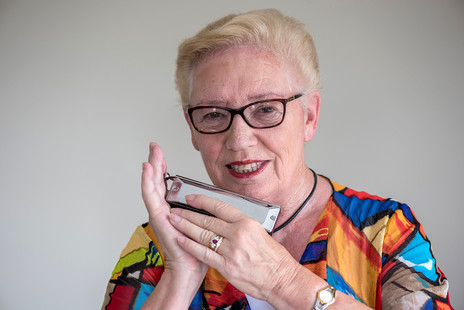
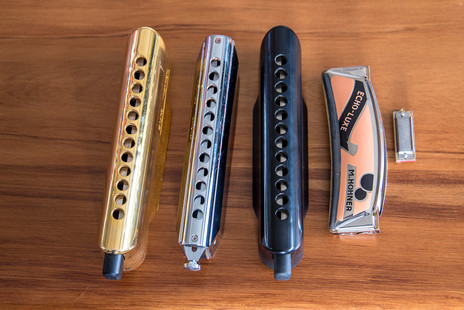
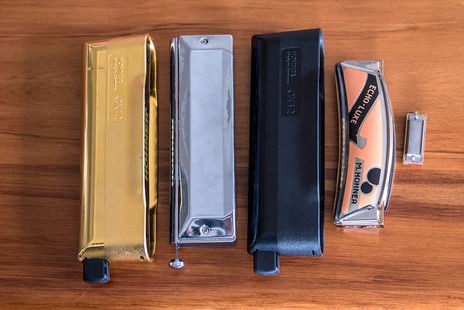
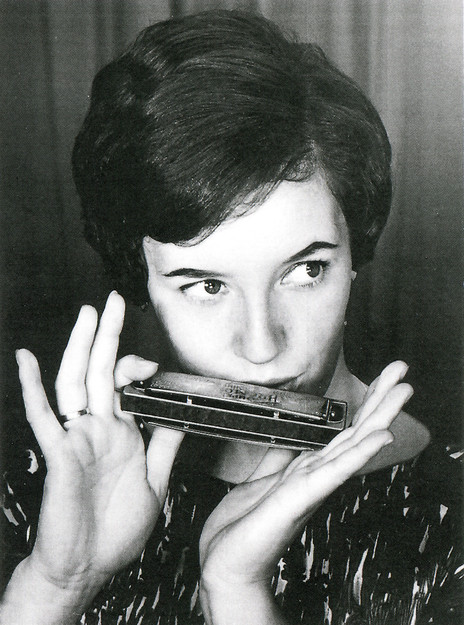
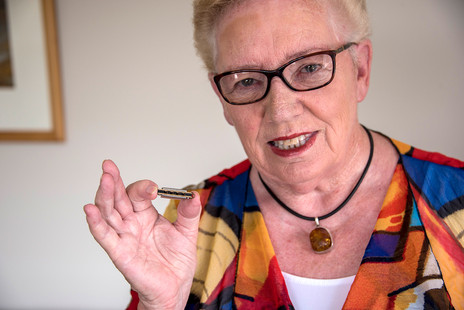
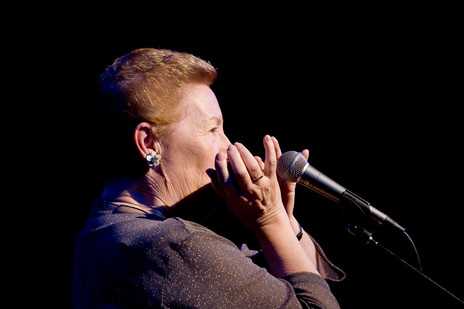
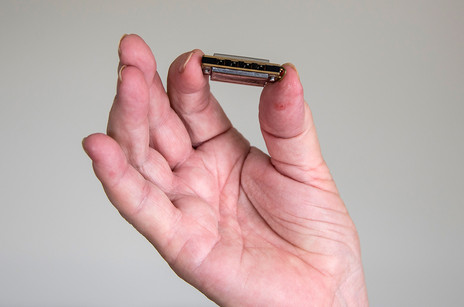
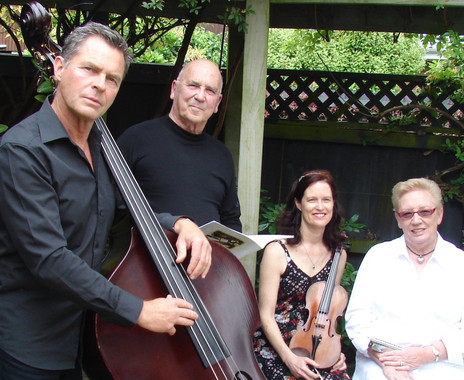
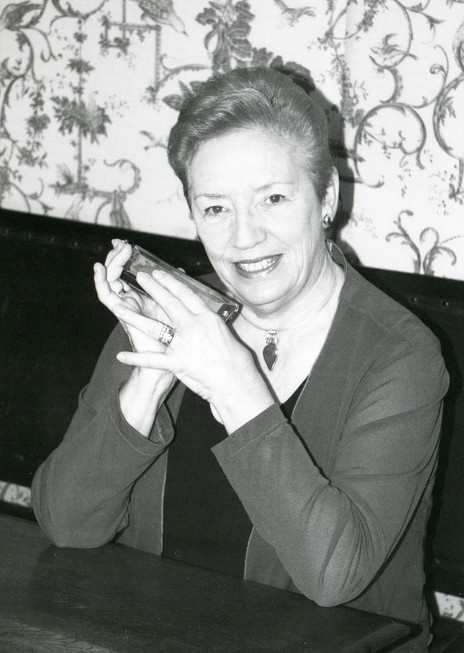
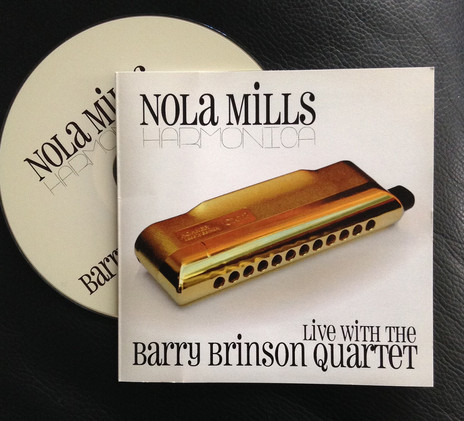
Visit our sister site
NZ On ScreenMade with funding from
NZ On Air
